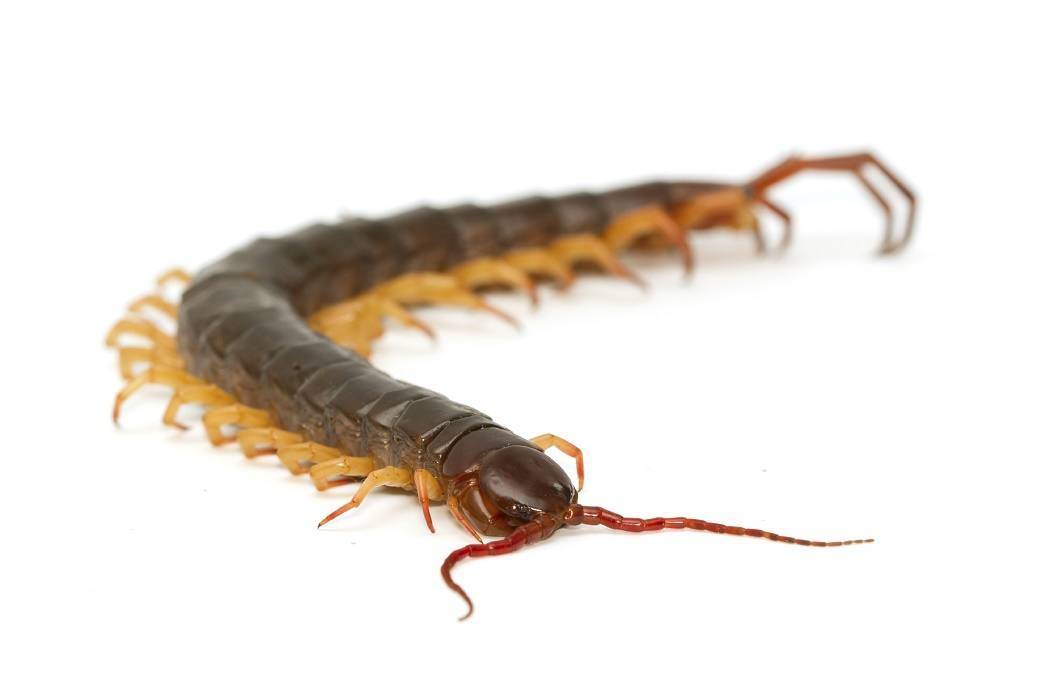The world’s deepest living centipede has been identified in a Croatian cave. Given the colorful name Geophilus hadesi in honor of Hades, the Greek god of the underworld, the subterreanean creepy crawly has been found more than a kilometer below the surface. It’s not the deepest living animal discovered, that honor belongs to the nematode Halicephalobus mephisto (naming cave organisms after underworld figures is a thing), found nearly 4 km deep in a South African gold mine. G. hadesi is, however, one of the deepest known carnivores, just over an inch long, with long jaws, potent venom, and extra long antennae. This critter takes no chances that its prey will escape. How did they get down there?
Cave organisms face a lot of challenges, from constant darkness to dangerously bad air, but counter-intuitively, the harsh conditions may have allowed for their survival. A 1993 paper by Francis Howarth noted that many cave species have close relatives on the surface. Howarth suggests that rather than being buried or otherwise cut off from the main population, many obligate cave species started out at the surface but a small population split off and became adapted to the cave lifestyle. The harsh conditions encouraged rapid evolution, for any population that failed to adjust quickly would simply die out. Over time, critters diversified into different niches within the cave system, including the great depths.
No matter how it ended up in there, G. hadesi needs something to eat, and the entire ecosystem in the Croatian deep cave systems is not yet fully understood. G. hadesi does share its troglodytic home with Zospeum tholussum, a tiny terrestrial snail less than 2mm high. A colorful shell is worthless in the dark, so these little guys have clear shells. Given their tiny size, these delicate snails might well be on the menu for G. hadesi. Considering centipedes’ voracious nature, these delicate snails might need all the shell they can get to avoid becoming lunch.
It’s truly amazing how life has managed to spread to every corner of this beautiful planet, even deep underneath it. Even in the perpetual cold and darkness, somehow enough energy makes it in to support an entire food web complete with gnarly carnivores. The discoverers of the Mephisto nematode wondered what the discovery means for life on other planets, as subterreanean conditions may open up possibilities that don’t exist on the surface. Life always finds a way. Down.







